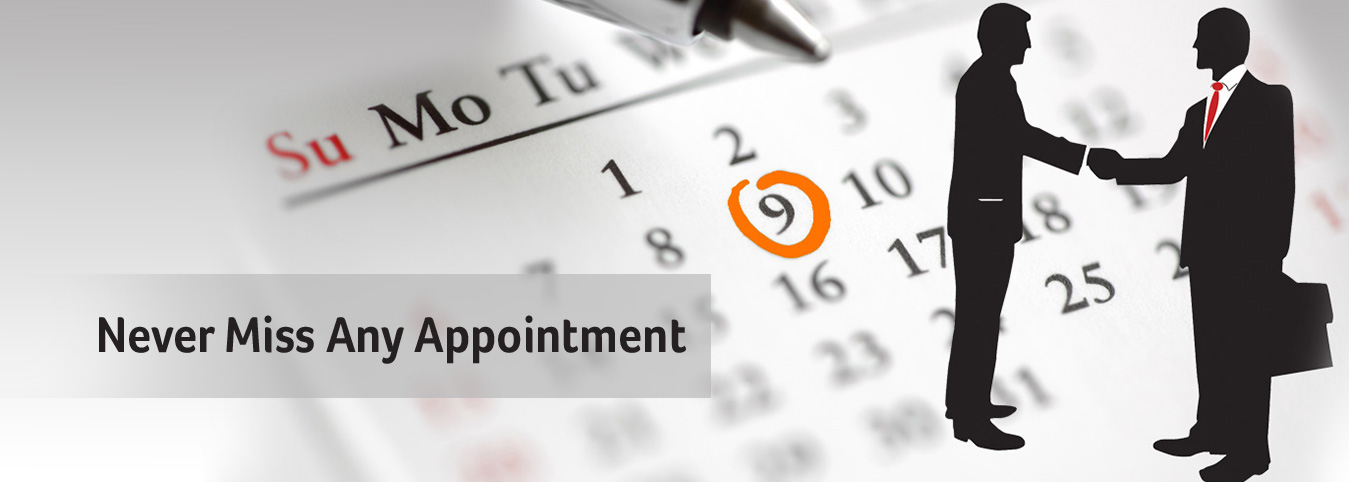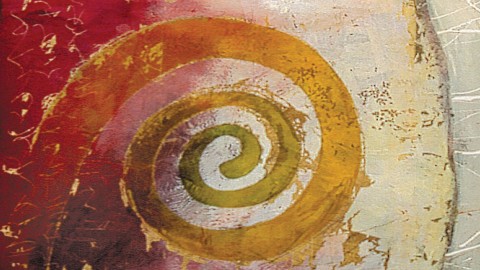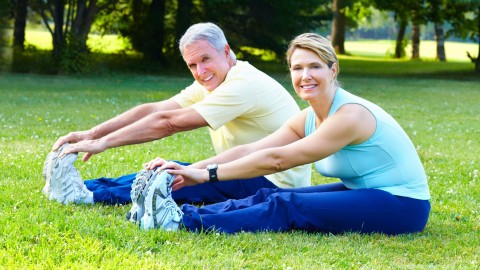Types and Usage
Forests cover 1/3 of the earth’s surface and contain an estimated 3 trillion trees. Forests exist in dry, wet, bitterly cold, and swelteringly hot climates. These different forests all have special characteristics that allow them to thrive in their particular climate.
Broadly speaking, there are three major forest zones that are separated according to their distance from the equator. These are:
1. The Tropical: Tropical rain forests grow around the equator in South America, Africa, and Southeast Asia. They have the highest species diversity per area in the world, containing millions of different species. Even though they cover only a small part of the earth, they house at least one half of all species. The temperature is stable year-round, around 27°C (60° Fahrenheit). As you can tell from the name, it rains a lot in these forests. Most tropical forests receive at least 200 cm (80 inches) of rain in a year. Tropical forests generally have a rainy and dry season.
Different subcategories within tropical rain forests
Evergreen: rain year-round, no dry season
Seasonal: vegetation evergreen, short dry season,
Dry: long dry season in which trees lose leaves
Montane: most precipitation from mist or fog that rises (also called cloud forests), mostly conifers
Tropical and subtropical coniferous: dry and warm climate with conifers adapted to variable weather
Sub-tropical: north and south of tropical forests, trees adapted to resist summer drought
2. Temperate: Temperate forests occur in the next latitude ring, in North America, northeastern Asia, and Europe. There are four well-defined seasons in this zone including winter. In general, the temperature ranges from -30 to 30°C (-22 to 86 F) and the forests receive 75-150 cm (30-60 in) of precipitation per year.
Subcategories within temperate forests
Moist conifer and evergreen broad-leaved: mild wet winters and dry summers
Dry conifer: at higher elevations, little rainfall
Mediterranean: located south of temperate regions around coast, almost all trees evergreen
Temperate broad-leaved rainforest: mild, frost-free winters, lots of rain throughout the whole year, evergreen
3. Boreal forests (taiga): Boreal forests, also called taiga, are found between 50 and 60 degree of latitude in the sub-Arctic zone. This area contains Siberia, Scandinavia, Alaska, and Canada. Trees are coniferous and evergreen.
There are two seasons here: a short, moist, mildly-warm summer and a long cold dry winter. Temperatures range from -40 to 20°C (-40 to 68° Fahrenheit). Precipitation is usually delivered as snow because it is so cold, 40-100 cm (15-40 inches) each year.











